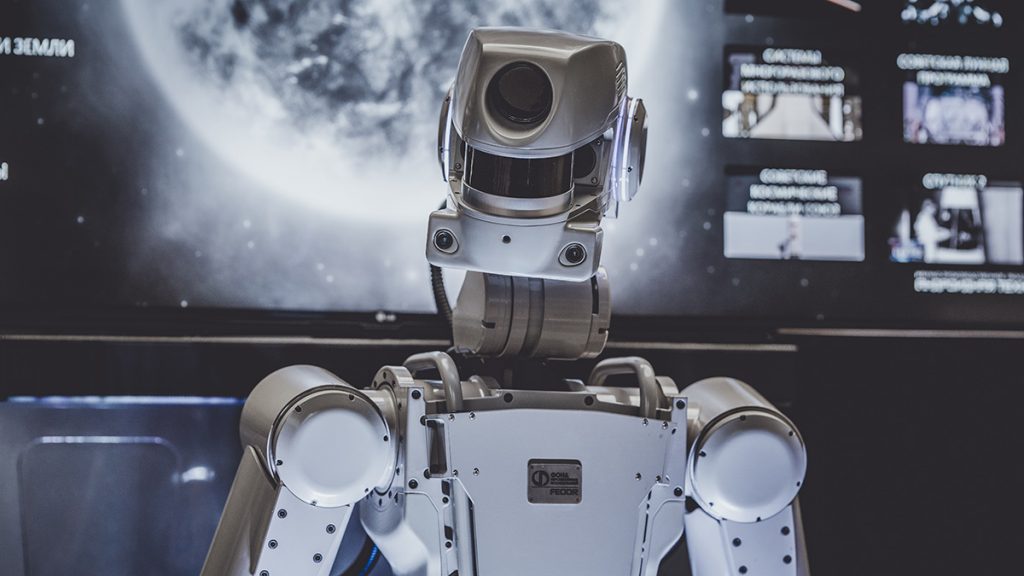
As of late 2020, 50% of companies have adopted AI in at least one business function. That’s impressive, given that just 10 years ago, ML services were cautiously tested in the R&D labs.
If you are planning to join the ranks of AI adopters in 2021, we’ve got two good news for you. First of all, you are in a good position to choose among a set of viable machine learning use cases. Secondly, you have access to a solid range of ML services and platforms to explore those use cases at an affordable cost. So let’s take a look at your options!
- Image and Video Recognition
Image recognition is arguably one of the most experimented with deep learning use cases as it provides a good base for training various types of algorithms. According to a 2020 paper by IEEE, some of the commonly used image recognition methods are:
- K-nearest neighbors (KNN) algorithm
- Convolutional neural networks (CNN)
- Back propagation neural networks
- Support vector machine (SVM) learning
But if you don’t want (or require) a custom algorithm for your project, you can use Microsoft Computer Vision services instead. This set of ML services combines 6 APIs for image, video, and text recognition.
- Computer vision capabilities for recognizing objects, actions, and written texts.
- A moderation tool that flags pictures, texts, and videos with inappropriate content.
- Video indexer extracts contextual insights from the video (sentiments, keywords, etc)
- Custom vision service that develops custom image recognition models.
- Face API for analyzing facial features, expressions, and gestures.
- Emotion API — a complementary tool for describing facial expressions.
Google Cloud AutoML also provides a seriously good range of point-and-click tools for running data science experiments. You can plan, schedule, and manage your ML experiments via a graphical interface — the workspace is prepped and configured for you.
At the moment, AutoML includes 5 products:
- Natural language processing services
- Intelligent translations engine
- Image recognition algorithm
- Computer vision services
- Video object recognition and tracking
2. Predictive Analytics
By 2023, 33% of enterprises will leverage decision intelligence and decision modeling techniques. Or, in other words, larger companies will rely on predictive and prescriptive analytics for a wide spectrum of tasks such as:
- Financial forecasting
- Supply chain management
- Operational risk modeling
- Programmatic advertising
- Churn prevention
- Customer lifetime value prediction
- Predictive maintenance
- Sentiment analysis
IBM Watson Studio is one of the leading platforms for experimenting with different predictive analytics use cases. In essence, it’s an MLOPs platform, offering a range of supporting tools and services for effectively managing the complete AI model lifecycle.
Some of the platform’s main features:
- Customized pipelines generation
- Secure governance of open-source notebooks
- Automated new model integration and deployment
- Integration with popular ML tools and frameworks such as TensorFlow, PyTorch, Jupyter, and others.
Now if you don’t want to be locked-in with one vendor, you could also try Neu.ro — a managed MLOPs platform, built up to your specs and supported by a remote engineering team.
Neu.ro specialists can stitch together all the ML services you need into one custom platform, powering the end-to-end machine learning lifecycle. So that you could run your experiments without any tooling constraints or extra time spent on maintenance. That’s done for you.
Main features:
- Fully managed MLOps platform
- Custom workflows and pipelines, built around your needs
- Combine open-source and proprietary tech
- Run experiments on any cloud platform or on-premises
3. Natural Language Processing
Making machines capable of taking to us, humans, is no longer a sci-fi dream. A bunch of ML services now support natural language processing (NLP) — spoken, written, and typed text and voice recognition.
Amazon, in particular, has two great offerings.
Amazon Comprehend — a set of APIs for performing different text analysis tasks such as:
- Keyword/keyphrase detection.
- Entities extraction (pulling our specific names, dates, etc).
- Language recognition
- Sentiment analysis (to determine if the test is positive or negative)
- Topic modeling (identification of the dominant topics through keyword analysis)
Amazon Comprehend is a go-to ML service for those working with large volumes of unstructured text data. For example, if you need to analyze social media content or customer support tickets.
If you are more interested in voice recognition, check Amazon Transcribe — an ML service, providing speech-to-text transcription services. The accuracy is unbeatable, especially if you spend some extra time on normalizing and preprocessing your transcripts. With this tool, you can:
- Create accurate transcriptions rapidly with minimal configurations
- Develop and train custom language models
- Customize your vocabulary list with domain-specific words
- Automatically filter our profane or inappropriate language
- Redact sensitive customer information from transcripts
To Conclude
For a long time, AI and machine learning were ‘reserved’ for experienced data scientists, operating out of labs or cutting-edge tech campuses. In 2021, that’s no longer the case. A growing range of ML services has commoditized access to state-of-the-art algorithms, along with the supporting tools and infrastructure for running machine learning experiments. Now it’s possible to start an ML initiative with little investment, but with a high potential for success!





